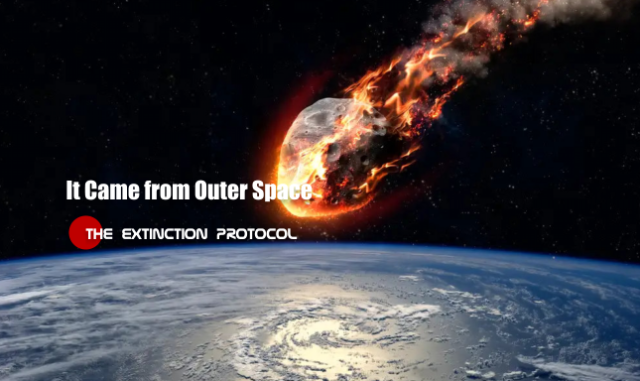If you thought you would get a forewarning about a potential asteroid impacting the Earth – think again!

Comet Neowise, a 3-mile-wide chunk of space ice, is rocketing past our planet, creating a spectacle in the night: a brilliant ball of white light with long, colorful tails. The comet is a benign and beautiful sight, but it highlights a global vulnerability. Tens of thousands of potentially dangerous objects regularly careen past Earth undetected, and some of them inevitably crash into it. Comets — balls of space ice and dust — almost never pose a threat to Earth, but asteroids and meteors (smaller chunks of rock) come close more often. Although impacts are extremely rare, a space rock big enough to destroy a city (or worse) could hurtle towards Earth at any time, and scientists might not see it until it’s far too late.
Nobody even knew Comet Neowise existed until a NASA space telescope discovered it approaching just three months ago. The spacecraft was scanning for asteroids and comets (balls of space ice and dust) that fly too close to Earth. The mission is called the Near-Earth Object Wide-field Infrared Survey Explorer (NEOWISE) — that’s where the new comet gets its name.
A large asteroid impacted the Earth in March with no warning – and most people still haven’t heard about it.
Many “near-Earth objects” (NEOs) do not cross any telescope’s line of sight, and several potentially dangerous asteroids have snuck up on Earth in recent years. “Luck is not a plan,” Richard Binzel, an asteroid researcher and professor of planetary sciences at MIT, told Business Insider in September. In case scientists discover such an asteroid approaching Earth again, NASA has considered some ways to push it off its collision course: slamming a spacecraft into it, detonating an explosion near it, or firing lasers that heat and vaporize the rock enough to change its orbit. But that takes time and the technology is unproven. What if nobody spots the asteroid until it’s too late?
In recent years, scientists have missed plenty of large, dangerous objects approaching Earth. “We feel we’ve only found about a third of the population of asteroids that are out there that could represent an impact hazard to the Earth,” Johnson said. In 2013, a meteor measuring about 65 feet in diameter and traveling at 40,000 mph entered the atmosphere and exploded over Chelyabinsk in central Russia. The blast sent out a shock wave that broke windows and damaged buildings across the region, injuring more than 1,400 people. –Business Insider

Comments
Post a Comment